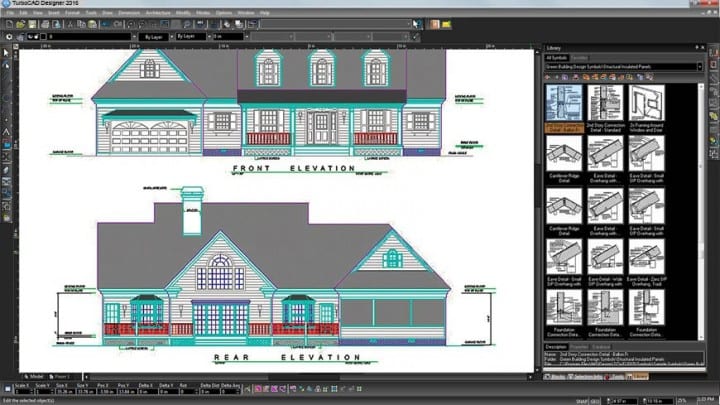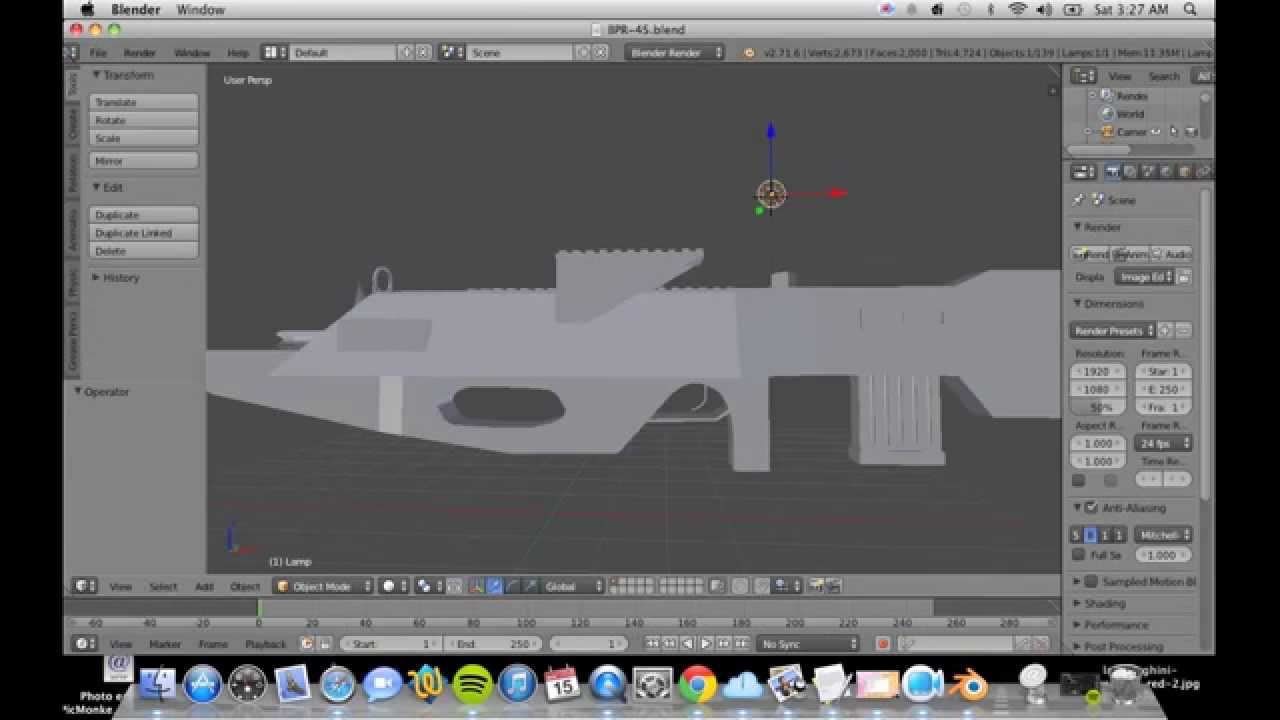


"Previously, Mac users could view Dynamic Blocks in a drawing they received from a Win user, but could not edit them, (nor) make their own," Dickerson said.ĪutoCAD designers on the Mac platform also can now save layer settings in a feature called Layer States, which stores information like color, line type, and information about whether a layer is turned off, frozen, or locked.
MAC CAD PROGRAM SOFTWARE
One is the Dynamic Blocks feature, the inclusion of which in the new software now allows Mac users to insert one block that can change shape, size, or configuration instead of inserting several static blocks. New to the 2015 versions of both software releases are a number of features that previously were only available to Windows users of the software. The main difference between AutoCAD and AutoCAD LT are that the LT version does not have 3D capabilities, network licensing, or the ability to extend AutoCAD capabilities via APIs, features that are all present in AutoCAD. Since we want AutoCAD to be available to our customers on whatever platform they choose, it's important that people who choose Mac aren't at a disadvantage." "In the last couple of years, this has become much more prevalent. "We're recognizing that the growth of Mac usage in general is fueling a surge in cross-platform offices, and also projects that include folks on both platforms," Dickerson told us. Autodesk decided to make this the focus of the release in an acknowledgement of the software's increasing popularity on the Mac platform, he said. Key to the new releases are changes that facilitate project collaboration between designers working on Macs and those working on PCs that historically have found it difficult when using platform-specific versions of AutoCAD, Micah Dickerson, senior product manager, AutoCAD Products, told Design News. Mac designers who collaborate cross-platform using Autodesk CAD software will find it easier with new 2015 versions of AutoCAD and AutoCAD LT from the longtime design software provider.


 0 kommentar(er)
0 kommentar(er)
